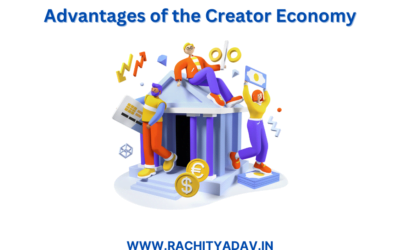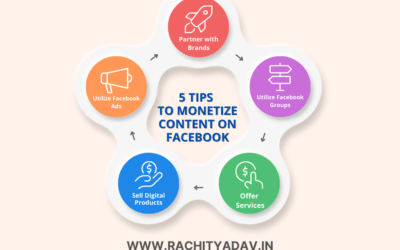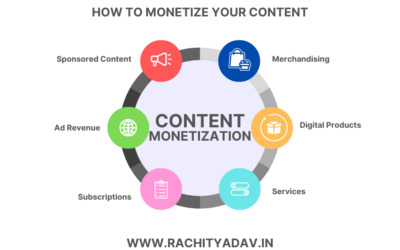The Creator Economy is a rapidly growing sector of the global economy that focuses on enabling and empowering individual creators to monetize their skills and content through digital platforms.
In the past, the creative industries were dominated by large corporations, studios, and publishers that controlled the distribution and monetization of content. However, with the rise of digital platforms and social media, the Creator Economy has given independent creators a level playing field to reach a global audience and monetize their content.
The Creator Economy is an umbrella term that covers a wide range of creative fields, including music, writing, photography, videography, design, and more. In the past, creators relied on traditional gatekeepers, such as record labels, publishers, and agents, to connect them with audiences and monetize their content.
However, digital platforms such as YouTube, TikTok, Patreon, and Instagram have disrupted this traditional model, providing creators with direct access to their fans and enabling them to monetize their content through advertising, subscriptions, merchandise, and more.
One of the key drivers of the Creator Economy is the democratization of content creation and distribution. In the past, the cost of entry for creating and distributing content was prohibitively high, with expensive equipment, distribution, and marketing expenses. However, with the advent of affordable digital cameras, editing software, and social media platforms, creators can now produce and distribute high-quality content at a fraction of the cost.
Another key driver of the Creator Economy is the rise of the passion economy, which is based on the idea that people are willing to pay for products and services that align with their values and passions. This has led to a shift away from traditional employment models and towards more flexible and independent work arrangements, such as freelancing and entrepreneurship.
Creators can monetize their skills and content by providing value to their fans and followers, building loyal communities, and offering personalized products and services.
The Creator Economy is also characterized by the blurring of lines between creators and fans. With social media platforms like Instagram and TikTok, creators can build personal brands and connect directly with their fans, creating a two-way dialogue and fostering a sense of community. This has led to a shift in power from traditional gatekeepers to creators and their audiences, as creators can leverage their influence to negotiate better terms with brands, sponsors, and platforms.
One of the most notable examples of the Creator Economy is the rise of YouTubers and Twitch streamers, who have built massive audiences and monetized their content through advertising, sponsorships, and merchandise. Other notable examples include Patreon, which allows creators to monetize their content through subscriptions and exclusive content, and OnlyFans, which enables creators to monetize their content through subscriptions and personalized content.
The Creator Economy is still in its early stages, but it has already had a significant impact on the global economy. According to a report by SignalFire, the Creator Economy is estimated to be worth $100 billion by 2025, and is growing at a rate of 25% annually. This growth is driven by a combination of factors, including the democratization of content creation and distribution, the rise of the passion economy, and the increasing popularity of digital platforms and social media.
In conclusion, the Creator Economy is a rapidly growing global economy sector that empowers individual creators to monetize their skills and content through digital platforms. The democratization of content creation and distribution, the rise of the passion economy, and the blurring of lines between creators and fans are all contributing to the growth of this sector.
As the Creator Economy continues to evolve, it has the potential to disrupt traditional industries and create new opportunities for independent creators around the world.





 Are you ready to turn your passion into a profitable venture? Introducing “Creative to Creativepreneur: The Ultimate Guide to Monetizing Your Skills and Talents”. This comprehensive guide will show you how to turn your creative ideas into a thriving business.
Are you ready to turn your passion into a profitable venture? Introducing “Creative to Creativepreneur: The Ultimate Guide to Monetizing Your Skills and Talents”. This comprehensive guide will show you how to turn your creative ideas into a thriving business.

